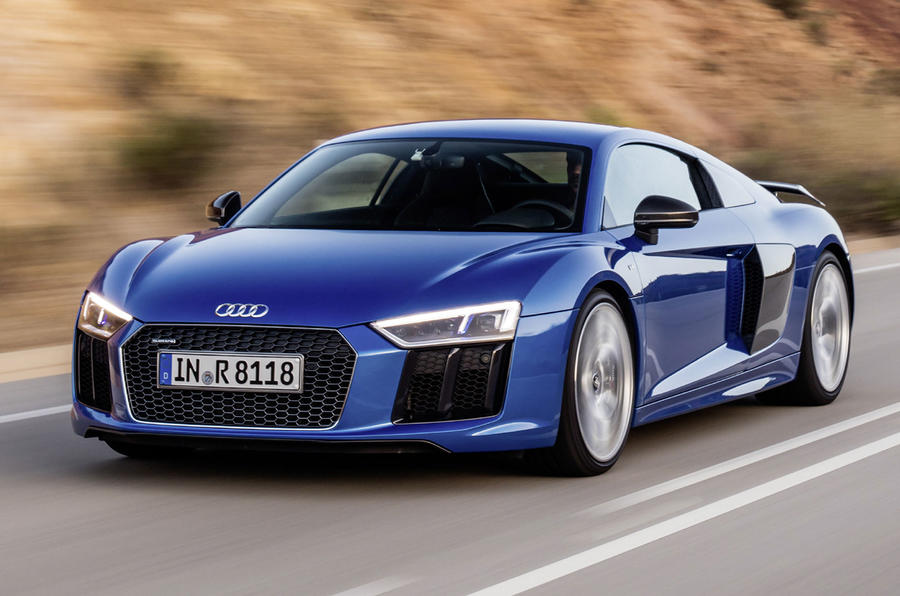What is it?
The second-generation of the R8, the car that proved Audi could make a world-class sports car.
The first R8 arrived in 2007 with four-wheel drive, an aluminium structure and a naturally aspirated V8 engine that revved to the heavens. At the time we’d just been assaulted by the excellence of the RS4, the R8 was nonetheless revelatory. A V10 was added later, and that was superb, too.
This second-gen car, then, has a hefty amount to live up to, which might explain why Audi hasn’t opted to change the formula too much.
There’s still an aluminium monocoque, only with carbonfibre-reinforced plastics in key places to increase rigidity by 40% and reduce weight by 15% over the old model. The V10 is back, too, though not the V8. Shame. We always thought that the V8 was the marginally sweeter-handling car. The V10 remains in 5.2-litre form but with more power than before. In its standard guise it receives 532bhp or, as tested here as the V10 Plus, it gets 601bhp. With a top speed of 205mph and a 0-62mph time of 3.2sec, it’s the fastest production Audi yet. Cor.
The V10 still drives through a four-wheel-drive transmission and exclusively through a seven-speed dual-clutch automatic gearbox (there is no manual option), while the four-wheel drive system itself no longer has a viscous coupling to divert power around, but instead uses a multi-plate clutch that can divert 100% of power to either end.
The observant among you will be aware that those mechanical elements sound remarkably similar to those of the Lamborghini Huracén, and that’s because they are. We’ve been left a touch cold by the blisteringly fast but numb-handling Huracán thus far. Let’s see if the R8 can go one better.





































Join the debate
Add your comment
The old one looked nicer
Engine-wise it would be interesting if they put in the new turbo V8 they have and whacked the boost up.
Have to confess I wouldn't
Would definitely take an old 4.2 manual any day.
Have to confess I wouldn't
Would definitely take an old 4.2 manual any day.